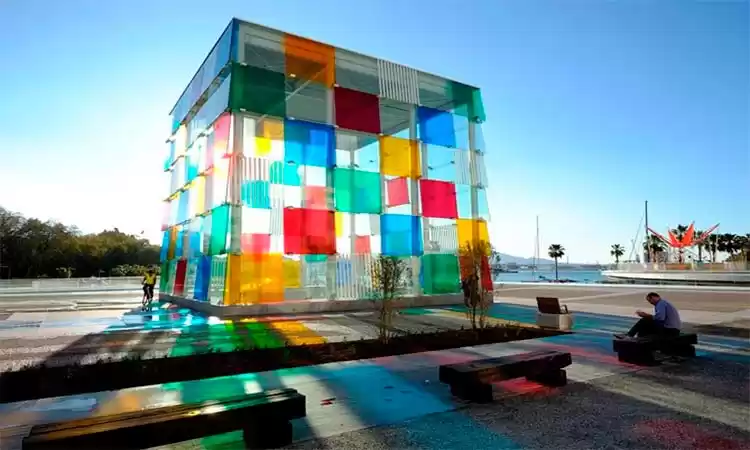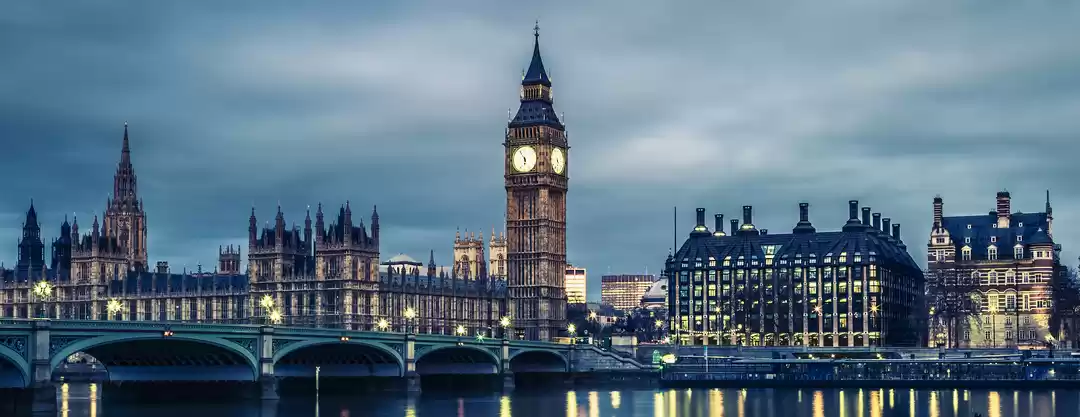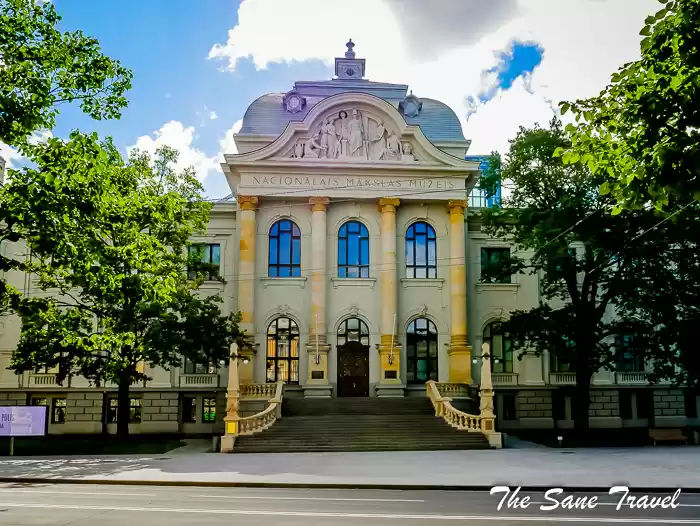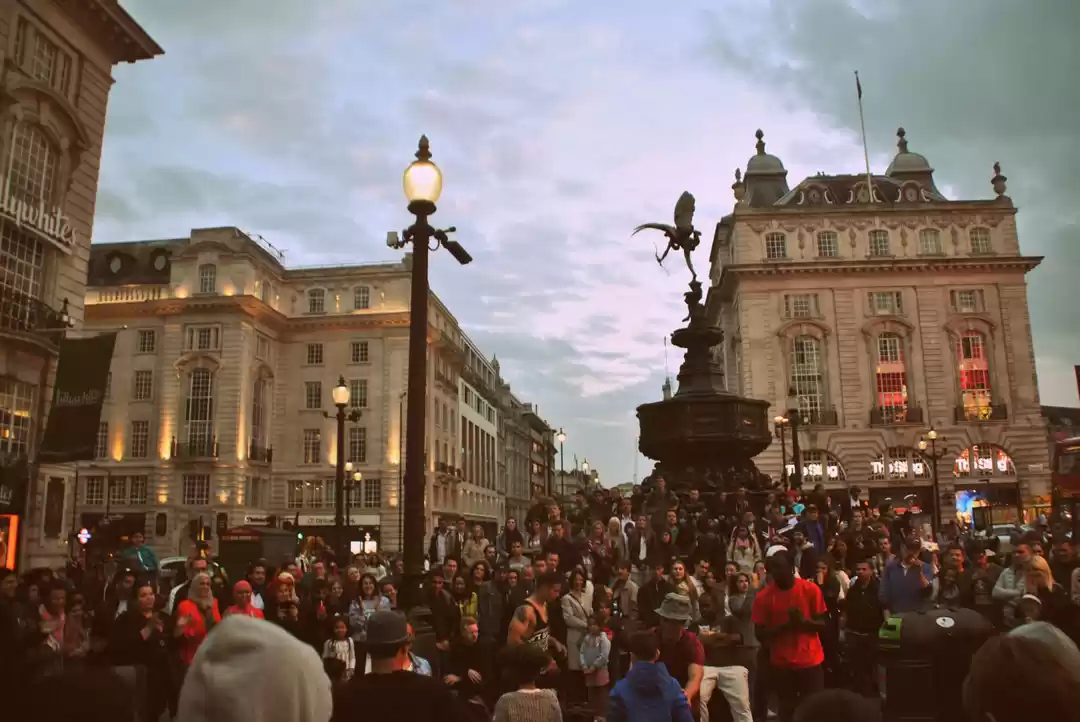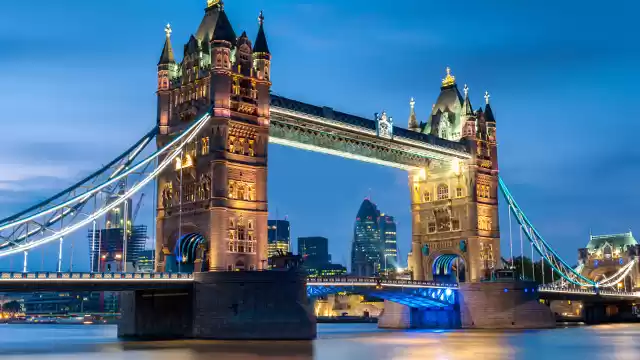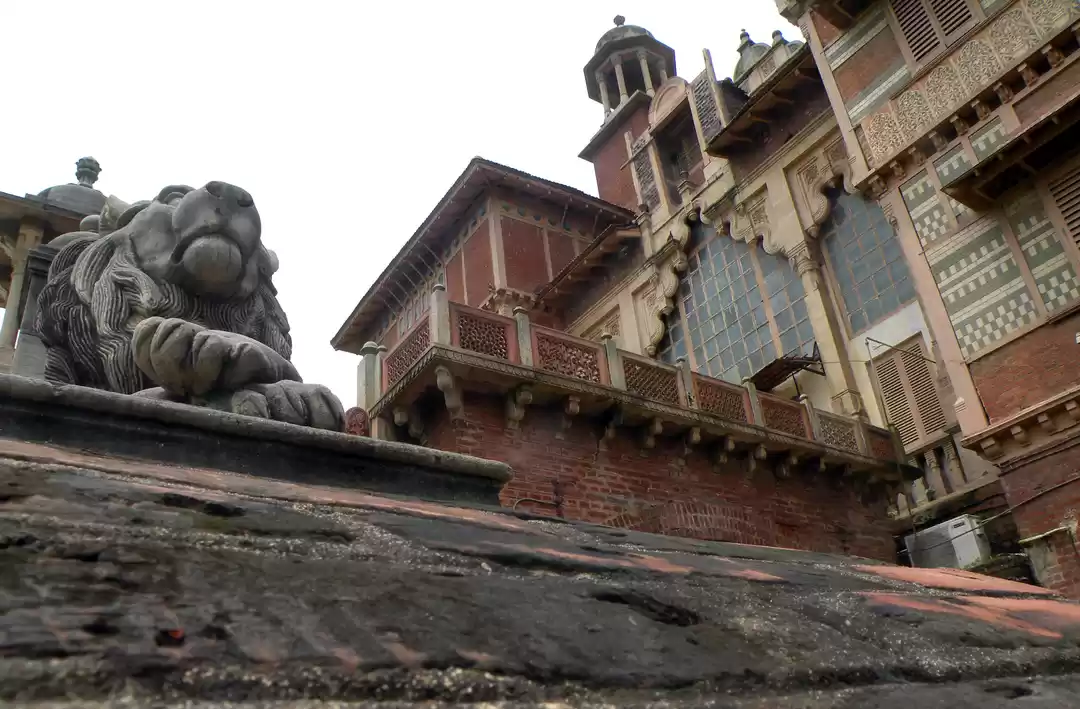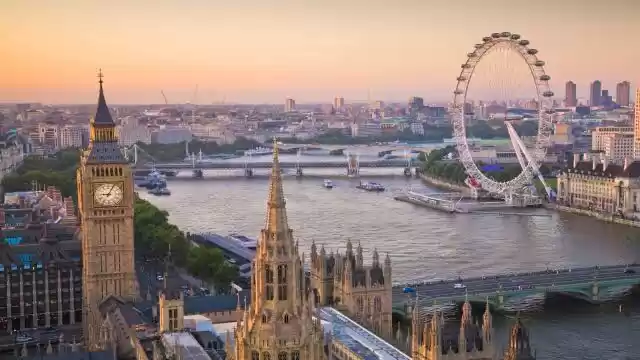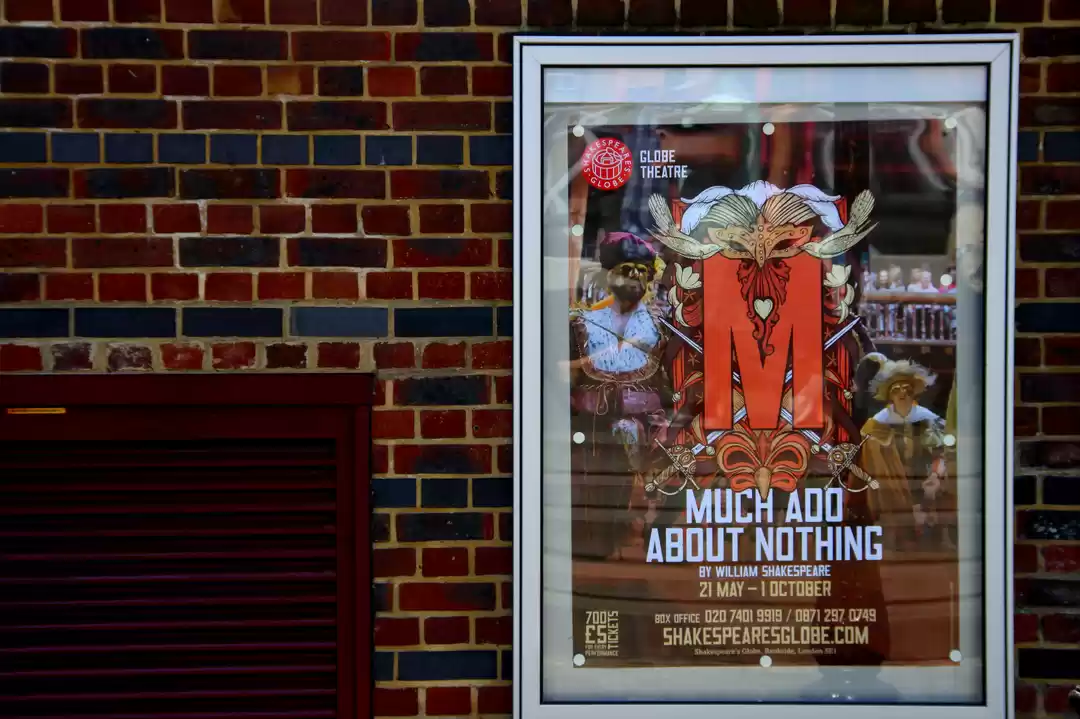
Planning a trip to the Brunel Museum? Here are a few tips. You'll learn about the construction, the Permanent exhibition, Seasonal events, and the Tunnel shaft. After that, you can decide what to do next. Here are a few of the highlights you should not miss. After reading this article, you'll be well-prepared to enjoy a visit to this historic London attraction. And before we forget, don't forget to pick up a book from the museum's bookshop or cafe.
Construction of the Brunel Museum
The Brunel Museum is a mixed bag of industrial heritage and verdant landscape. The museum has limited exhibition and performance space, but in April 2015 a new project was announced to create a new, accessible subterranean theatre space. The designs have been created by Tate+Co, the same architects behind the Thames Tunnel drawings and watercolors.
The museum's exterior will be based on these illustrations, and it will be open to the public seven days a week. The Brunel Museum stands on landscaped grounds on the south bank of the Thames.
You can walk among the bridge-shaped benches that depict the various bridges built by Brunel. Some of these bridges include the Maidenhead Bridge (1834), Hungerford Suspension Bridge (1846), and Royal Albert Bridge across the River Tamar in Cornwall. The museum grounds also feature a Frankenstein Tree, which was a temporary installation.
The Brunel Museum's new museum will be designed to reflect the original buildings that flanked the SS Great Britain when it was in dry dock in 1840. It will be a steel-frame building that connects to the historic Dock Office and Brunelas Drawing Office. The museum will also feature a mezzanine level. There are also several events throughout the year. And don't forget to visit if you're in the area - you'll be glad you did!
The stair in the Grand Entrance Hall, a part of the Brunel Museum's new project, was created by Tate+Co architects. The staircase is one of the first cantilevered stairs ever built, and the entrance hall is a replica of the first caisson, the half-size Shakespeare Theatre.
The Brunel Museum opened in 1843, and Tate+Co architects designed a new doorway into the shaft. The project was made possible through the generosity of Museum grantors, the London Borough of Southwark, and Transport for London.
The Brunel Museum is located on the south bank of the Thames in Rotherhithe, directly west of the Rotherhithe sinking shaft, a scheduled ancient monument. The museum's mission is to educate the public about the Brunel brothers and the tunnel's construction. It's 50 feet wide, 15 meters deep, and surrounded by smoke-blackened brick walls. The museum's staircase is independent of the historic fabric.
Permanent exhibition

The Isambard Kingdom Brunel Museum in London is located in a renovated dockyard building alongside the SS Great Britain, a replica of the famous engineer's first ocean-going iron ship. Visitors can experience the legendary engineer's mind by stepping inside his head, and taking part in an interactive experience called 'The Mind.' The museum's interior and audio-visual elements are inspired by the design of the Great Exhibition of 1851.
Another highlight of the museum is the underground chamber, which was previously closed to the public. For 150 years, the chamber was used as a concert hall and fairground, but it was recently opened for public viewing. This space is now being transformed into a permanent exhibition.
The museum has also begun to implement arts meets science activities to encourage visitors to learn about the history of our city. The Brunel Museum also has a unique space that is dedicated to the history of the Thames Tunnel, one of the most famous structures of all time.
The project, which cost PS7 million, was made possible through research and a strong understanding of visitor needs. The Brunel Museum Trust recruited a community engagement officer to help bring the history of the famous engineer to life.
Using a combination of personal objects, original art, source materials, and multimedia, the museum has created a new permanent exhibition that celebrates the man who made the world a better place.
The Brunel Museum has been granted planning permission to expand. Currently occupying two buildings, it will be split in half and feature an entrance pavilion and a shop. The new building will be closer to the nearby London Overground station. In addition to the new entrance pavilion, the museum will be refurbished to create more space for new displays and a permanent home for the Thames Tunnel Archive's drawings.
One of the greatest achievements of British engineering was the construction of the Thames Tunnel. It would take the world until the 20th century for such a feat to be made. I want to say a special thanks to the essay writers reddit for their help in finding information about the museum and structuring it.
Brunel's work became legendary and his reputation continued to rise. He crafted railways, bridges, and ships. His final project was the Great Eastern Steamship, which was launched just down the river. Those achievements made him one of the most influential people of his time.
Seasonal events
In November 1827, the engineer and PR wizard Isambard Kingdom Brunel hosted a banquet in the Thames Tunnel. Guests were treated to a buffet, including Coldstream Guards. Visitors can learn about the man responsible for creating London's tube system at the Brunel Museum. The Museum features a series of concerts inspired by the Museum's riverside location, and the rooftop bar, Midnight Apothecary, will be back in operation.
In addition to exhibitions and performances, the Brunel Museum also offers boat trips to the Great Eastern Launch Site and organizes seasonal events. The museum also has activity sheets for children, more about which you can read at https://www.reddit.com/r/studylevel/comments/w5hvnu/reddit_best_essay_writing_service_2022/, as well as coat and bag storage, buggy parking, and a cafe.
The museum also offers a gift shop and art gallery, which provide a great way to spend an afternoon in the area. The Brunel Museum is accessible by public transport, with the nearest tube station situated near Bermondsey tube station.
The Brunel Museum is situated in Rotherhithe, where Marc Brunel built the famous Thames Tunnel, the world's first tunnel under a river. The museum is housed in the original Engine House where the tunnel was constructed. The museum offers a tour of the original Engine House, as well as a display of the history of the tunnel's construction. In addition to an exhibition about the construction of the Thames Tunnel, it also has a cafe.
Tunnel shaft

For those who have always wanted to see the inside of an underground stairwell, a Tunnel Shaft Trip to Brunel Museum is the perfect option. Located inside the museum's Grand Entrance Hall, the new staircase is designed by Tate+Co architects.
As part of the Museum's public awareness plans, the architects also designed a new doorway into the shaft. Thanks to generous donations from Museum grantors, the London Borough of Southwark, and Transport for London, the project has been completed.
The museum's original tunnel shaft was created as a foot tunnel, but later became a part of the London Underground. Today, it serves as the centerpiece of the museum, a 50 ft deep tunnel that dates back to the early 1800s. The museum is located 100 meters from Rotherhithe Overground station, which heads to Wapping through the original Thames Tunnel. The Museum also has a C10 bus stop in the area.
The museum is located in the historic Brunel Engine House, a 19th-century building that houses a museum and the famous Thames Tunnel shaft. The museum is an ideal place to learn about the man who invented the world's first metro system. A Tunnel Shaft tour of the museum includes a trip down the tunnel and an actor guide that re-creates the working conditions of Brunel's workers.
There is also a new oak and steel stairway that leads up the shaft. The new stairs, designed by Tate Harmer, are independent of the historic fabric of the building.
The renovation was made possible thanks to funding from the Association of Independent Museums/Biffa Award and the Transport for London. For the first time since its construction, the museum is accessible to wheelchair users. The new stairs are an excellent addition to the museum and a highlight for visitors.
The construction of the Thames Tunnel was immensely important and resulted in two important advances in tunneling.
- First, the tunnel uses caissons, a massive brick entrance shaft that rests on the surface. The weight of the caisson structure allows for safe excavation of the earth in the middle of the tunnel.
- Secondly, the tunnel is accessible to people with limited mobility. It was an important step towards reducing traffic congestion on London's streets.














